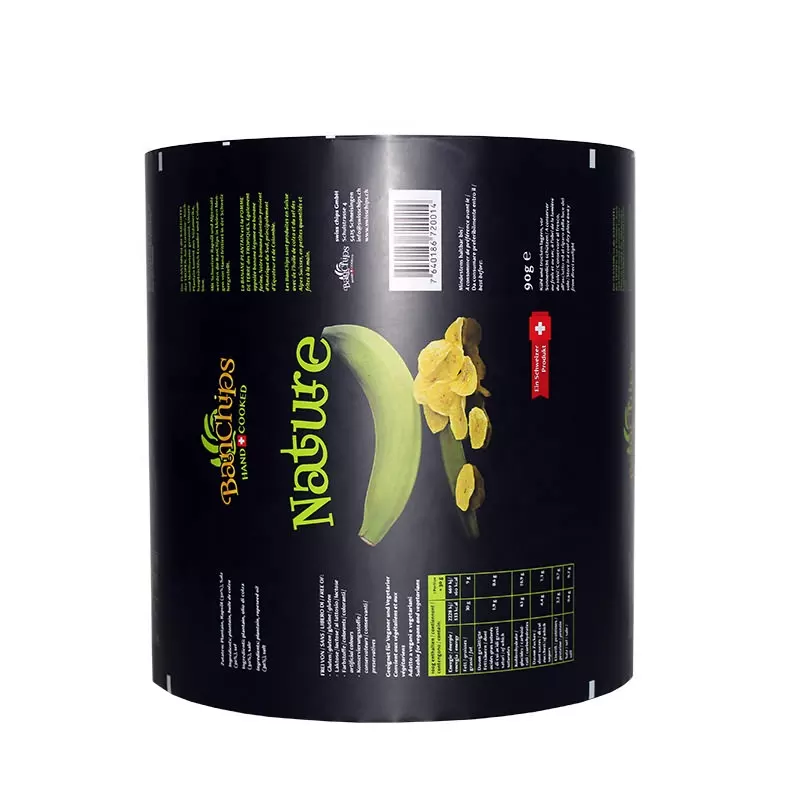- Afrikaans
- Albanian
- Amharic
- Arabic
- Armenian
- Azerbaijani
- Basque
- Belarusian
- Bengali
- Bosnian
- Bulgarian
- Catalan
- Cebuano
- chinese_simplified
- chinese_traditional
- Corsican
- Croatian
- Czech
- Danish
- Dutch
- English
- Esperanto
- Estonian
- Finnish
- French
- Frisian
- Galician
- Georgian
- German
- Greek
- Gujarati
- haitian_creole
- hausa
- hawaiian
- Hebrew
- Hindi
- Miao
- Hungarian
- Icelandic
- igbo
- Indonesian
- irish
- Italian
- Japanese
- Javanese
- Kannada
- kazakh
- Khmer
- Rwandese
- Korean
- Kurdish
- Kyrgyz
- Lao
- Latin
- Latvian
- Lithuanian
- Luxembourgish
- Macedonian
- Malgashi
- Malay
- Malayalam
- Maltese
- Maori
- Marathi
- Mongolian
- Myanmar
- Nepali
- Norwegian
- Norwegian
- Occitan
- Pashto
- Persian
- Polish
- Portuguese
- Punjabi
- Romanian
- Russian
- Samoan
- scottish-gaelic
- Serbian
- Sesotho
- Shona
- Sindhi
- Sinhala
- Slovak
- Slovenian
- Somali
- Spanish
- Sundanese
- Swahili
- Swedish
- Tagalog
- Tajik
- Tamil
- Tatar
- Telugu
- Thai
- Turkish
- Turkmen
- Ukrainian
- Urdu
- Uighur
- Uzbek
- Vietnamese
- Welsh
- Bantu
- Yiddish
- Yoruba
- Zulu
box board cutting
The Art and Science of Box Board Cutting
Box board cutting is a fundamental process in the packaging industry, essential for creating boxes that not only protect products but also attract consumers. This intricate operation involves precise measurements, specific cutting techniques, and an understanding of materials to achieve the desired result. As e-commerce continues to thrive, the demand for efficient and sustainable box board cutting has never been greater.
The primary material used in box board cutting is paperboard, also known as cardboard. This versatile material is derived from pulping wood fibers, which can be sourced from sustainable forests. It comes in various grades, each suited for different applications. The selection of the right type of board is crucial as it impacts durability, weight, and cost efficiency.
The Cutting Process
The box board cutting process involves several key steps
1. Design and Layout Before any cutting occurs, design plays a significant role. Using computer-aided design (CAD) software, engineers can create layouts for boxes. This step not only ensures that the boxes fit their intended products but also maximizes material usage, reducing waste.
2. Pre-Cutting Preparation Once the design is finalized, the paperboard is prepared for cutting. This can involve feeding large sheets of board into a cutting machine, which often utilizes advanced technology to ensure precision. Common pre-cutting preparations include scoring and creasing, which help facilitate smooth folding of the final product.
3. Cutting Mechanism There are several methods for cutting box boards, including die cutting, laser cutting, and guillotine cutting. Die cutting is widely used for high-volume production as it allows for quick and consistent cuts. Laser cutting is favored for intricate designs and smaller batches, providing high accuracy and flexibility. Guillotine cutting serves well for straight cuts and is effective in scenarios requiring larger sheets.
box board cutting

4. Folding and Gluing After the box board has been cut, the next phase involves folding along the pre-scored lines and applying adhesives where necessary. This can be done manually or with automated machines, depending on the scale of production. Accurate folding is crucial to ensure that boxes hold their shape and protect their contents effectively.
5. Quality Control Throughout the box board cutting process, quality control measures are vital. This involves checking for cuts that meet design specifications, ensuring the board thickness is adequate, and evaluating the quality of the adhesive bonds. Quality assurance not only affects the aesthetics of the packaging but also its functional performance in protecting products.
Sustainability in Box Board Cutting
In the current climate, sustainability has become a significant concern in manufacturing processes, including box board cutting. Many manufacturers are adopting eco-friendly practices, such as using recycled materials and minimizing waste. Innovations in cutting technology also contribute to sustainability by increasing precision, reducing offcuts, and enabling efficient recycling processes.
Companies are exploring biodegradable materials and sustainable inks to further decrease their environmental impact. Additionally, the push towards digital printing means that companies can reduce inventory turnover and waste, as they can produce boxes on demand.
The Future of Box Board Cutting
As technology evolves, the future of box board cutting looks promising. Advancements in automation and artificial intelligence are paving the way for more efficient production lines, allowing for quicker turnaround times and reduced labor costs. Moreover, augmented reality (AR) and virtual reality (VR) are beginning to influence design processes, providing immersive experiences for designers to visualize their concepts in real-time.
In conclusion, box board cutting is a vital process in the packaging industry that combines artistry, technology, and sustainability. As consumer demands and environmental concerns continue to shape the market, the industry must adapt and innovate. By leveraging modern technologies and sustainable practices, manufacturers can ensure that box board cutting remains efficient, effective, and environmentally friendly for years to come.













